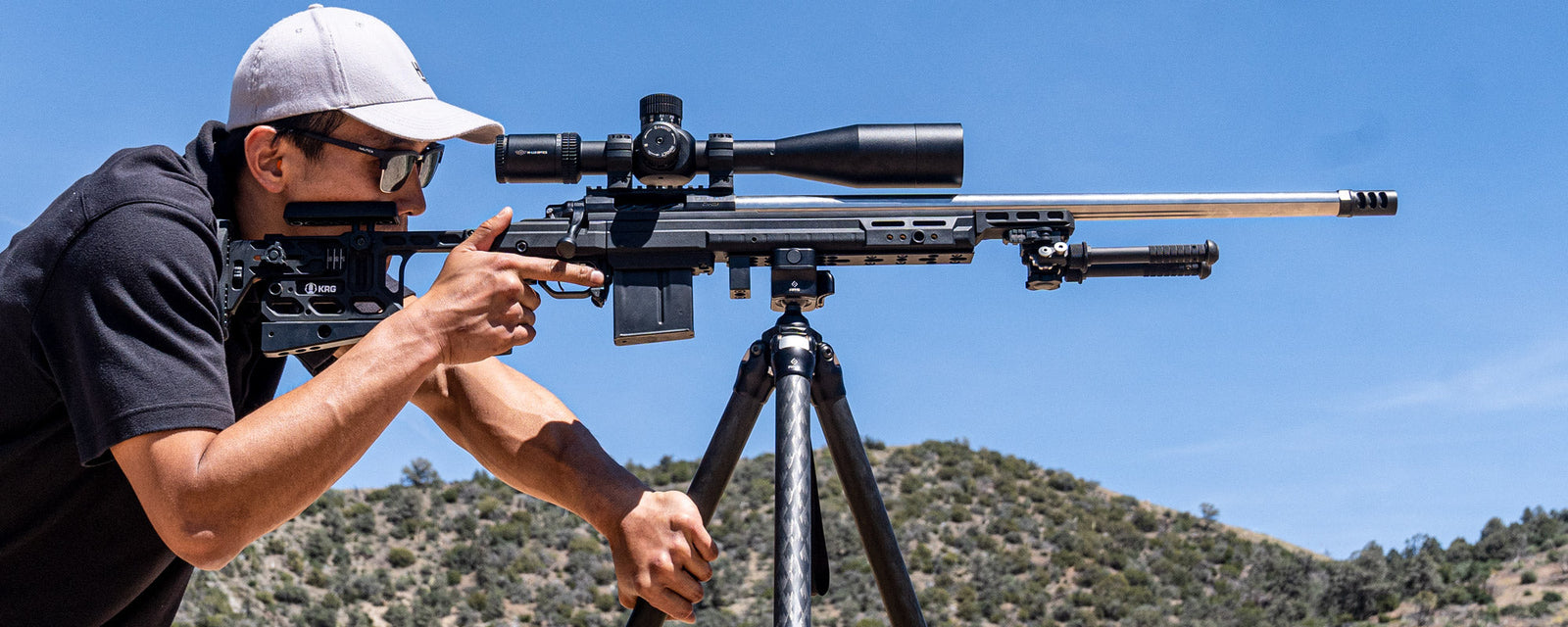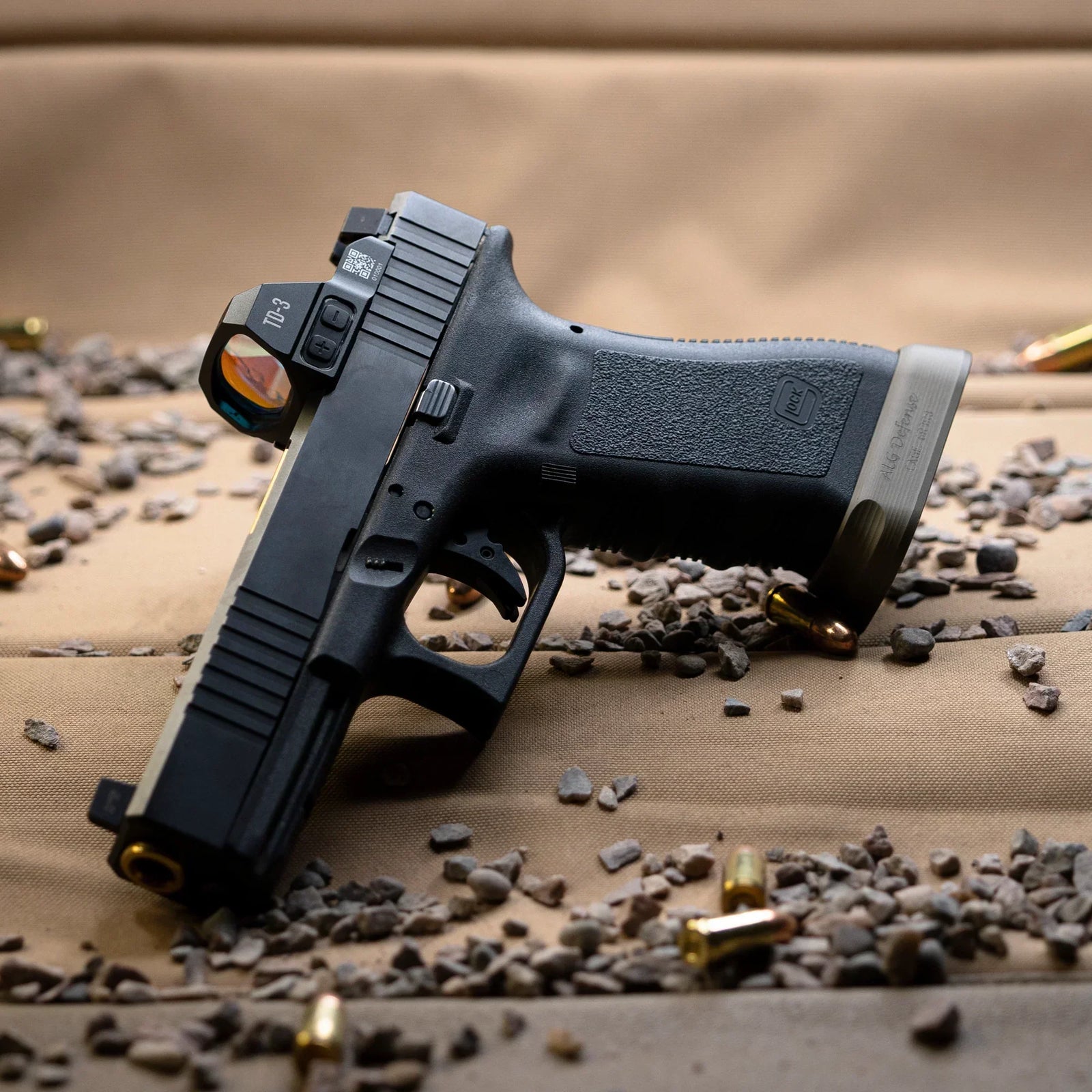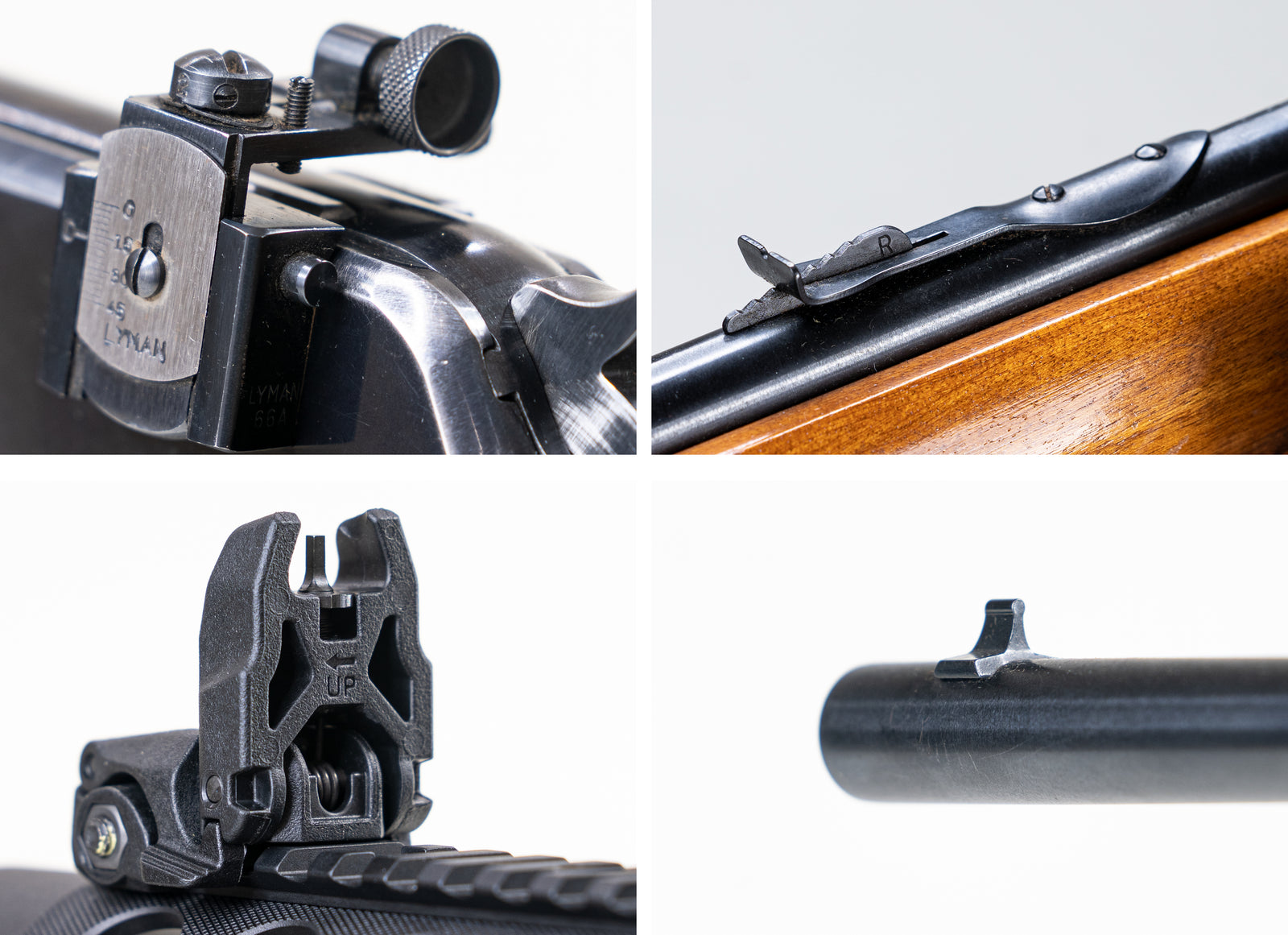By: Will Ellis
Being an expert marksman is hard enough, but poor vision adds another challenging element to the equation. It’s particularly difficult when your vision deteriorates from aging, because then you need to learn to adjust. Targets that you could previously see with ease are suddenly blurry, and you find yourself squinting for clarity.
Now, obviously there are ways to correct your vision which you may want to consider first. Vision-corrective surgery was the best choice I ever made.
Contact lenses can also give you perfect vision. Neither of those are options for everyone, though. Glasses are, but they’re more limited in what they can do, and many shooters find them to be an annoyance. When you’re out hunting, the last thing you want to deal with is your glasses fogging up or sweat dripping onto them.
That’s why the right scope could be just what the doctor ordered. How can you find a scope and rifle setup will work well for your eyes? We’ll go over the answer to that and scope recommendations below.
Choosing the Correct Optics for the Task at Hand
When you’re deciding on what kind of optics you’ll get for your gun, it’s important that you figure out exactly how you intend to use the gun first.
Will you be hunting with it, or shooting paper targets? Do you want a semiautomatic or a bolt-action rifle? What type of distance will you be using the gun at?
If you’re sticking to the 100 to 300-yard range, many scopes will fit your needs. At 800 yards, 1,000 yards and beyond, there are some options, but they are few and far between.
Some shooters who have issues with their vision find that specific optics are easier to use. For example, there are optics that project either holographic reticles or red dots on the target. These have a more limited range than scopes, but within that range, they may better fit your needs. This is especially true if you’re farsighted, in which case it could be easier to see a projection on the target itself than look at the target through a scope.
Finding the Right Rifle
Your rifle itself is just as important as its optics. Some rifles are best suited for close to medium-range shooting, whereas others are capable of remaining accurate from well over 1,000 yards.
Your rifle setup will also determine what caliber of cartridge you use, and each caliber has its own characteristics. A lighter round, such as 5.56 NATO, could be fine for typical target shooting, but lack the power to handle hunting large game. For that, you may want something large, such as .338 Lapua Magnum.

Although there are plenty of rifles out there, the AR-15 is a popular choice among shooters for a reason. You can customize it however you’d like. That gives you plenty of potential caliber options and you have the freedom to go with whatever optics fit your needs. Even though the AR-15 may not be the first rifle shooters mention when they think of a long-range rifle, with the right ammo, barrel and a high-quality scope, you can put rounds on a target that’s over 750 and possibly even 1,000 yards away.
If you know what rifle you’re going to use and you want a scope, here’s what to look for to reduce the effect of any vision problems:
What To Consider When Choosing Your Scope
Clear Glass
Yes, at first glance, “clear glass” seems a bit redundant. But even though all glass is clear, just how clear it is can vary significantly. This is one area where you’ll see a marked difference between scopes depending on their quality.
If you have poor eyesight, you don’t want the glass on your scope making aiming any more difficult than it has to be. A scope with sharp glass will give you a better view of your target, along with how the wind is blowing there.
An Objective Lens with a Diameter of 50mm or More
The objective lens is the lens at the end of the scope, closer to the muzzle of your gun, and its diameter will determine how much light it gathers. More light will help you see, and for that reason it’s a good idea to go with a scope that has a 50mm or larger objective lens.
An Illuminated Reticle
An illuminated reticle is intended to make it easier to aim when there isn’t much light, such as those early morning or evening hunting trips. The reticle will usually have either red or green illumination, both of which stand out to the eyes more than a simple black reticle.

Rifle scope without illumination and with illumination.
This is even more helpful when you don’t have the best vision. You’ll likely find the red or green illuminated reticle much sharper.
A Focus Knob
Many scopes include focus knobs, allowing you to adjust the scope to your own vision. You’ll be able to see through the scope clearly even if you aren’t wearing glasses or contact lenses.
The Best Scope Options if You Have Poor Vision
1. Hi-Lux Phenom 5X-30X 56 FFP Rifle Scope

For perfect clarity at just about any range, you can’t do any better than the Hi-Lux Phenom. It adjusts between 5x and 30x magnification, and it’s a 1st focal plane scope, which is quickly becoming a popular style among the long-range shooting crowd.
With a 56mm objective lens, this scope will gather more than enough light. The scope’s glass receives a multi-coat of DiamondTuff14, which helps for clarity and transmitting light. You can choose between a red and green reticle color depending on which is easier for you to see.
2. Hi-Lux Top Angle 4X-16X Rifle Scope

With magnification from 4x to 16x, this Hi-Lux Top Angle scope works very well from short range all the way up to about 800 to 900 yards, although with practice you can likely hit a target that’s even further away. It has the same DiamondTuff14-coated glass as the previous scope, and your reticle color choices include red and green, or you can go the non-illuminated route if the illumination bothers your eyes. The objective lens diameter is 50mm.
3. Hi-Lux Long Eye Relief 2X-7X Riflescope

If you need to strain your eyes to look through a scope from just inches away, the Hi-Lux Long Eye Relief scope will keep your more comfortable, as it has an eye relief between 9 and 13.2 inches. This also helps if you wear your glasses while you shoot. Magnification ranges from 2x to 7x, making this scope effective at short and medium range. The lowest magnification setting, in particular, is helpful for finishing off wounded prey when hunting.
The good news is that you don’t need to let eye problems stop you from shooting accurately. It’s all a matter of finding the scope that fits your situation. Clear glass and a focus knob are good places to start, and you may find that a large objective lens also helps. Besides that, consider how much magnification you need to see your targets clearly and what other features you want, such as longer eye relief.





Joe Perez
January 02, 2025
I have open angle glaucoma, have had cataract surgery which was not very successful with the usual Medicare approved implants, have had laser surgery to promote fluid drainage in both eyes & suffer from chronic dry eye.
Deer hunt with a rifle and a cross bow and I am totally dependent upon my scope. Cannot use open sights. Vision is constantly hazy and glare from the sun is incapacitating most of the time. I have a very difficult time seeing deer in even sparse brush. Usually hunt from a ground blind, occasionally from a ladder stand. What scope recommendations can you suggest to improve my vision when hunting or just target shooting?